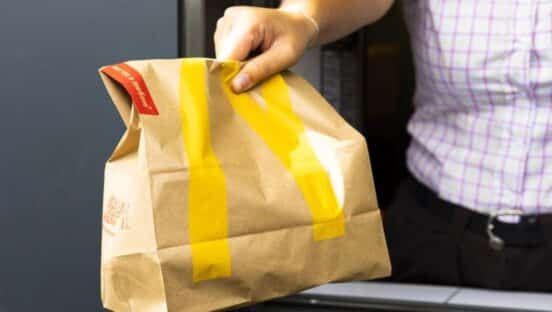




Even when you can’t pay employees more, pay them more often.
Retaining good employees is a universal challenge, but this is particularly true in the restaurant industry—in part because the minimum wage for restaurant employees is lower than in any other industry. Turnover is expensive—hiring and training a new employee can cost up to $3,500, according to an article by Inc.—and increasing hourly rates is often not an option. However, a 2018 State of the Restaurant Industry Report shows that base pay rate actually has little impact on turnover.
“Restaurant staff is often focused on cash flow and the ease of accessing their hard-earned money,” says Netspend senior vice president for Commercial Prepaid Jeff Johnson, “Offering employees more frequent access to their income can help staff improve financial stability and avoid cash flow problems.” Employers who pay electronically, via direct deposit or Paycard, can implement these changes with less manual work, and even make adjustments for limited periods of time, if needed. Netspend data shows that restaurants offering Paycards pay workers 10 percent more frequently than other types of business.
Pay employees on time consistently.
It might seem obvious—after all, paying people on time is essential to comply with state and federal employment laws—but the struggle is real for geographically-dispersed restaurants. Restaurants that mail paper checks often undertake herculean efforts every two weeks just to ensure payments arrive at each location in time for payday. With the potential for weather delays or other unforeseen circumstances, the task becomes more difficult—and sometimes out of the control of payroll managers.
Prepaid Paycards help geographically-dispersed restaurants streamline this process. Additionally, Paycards can help employees receive the funds more quickly than waiting for a paper check in the mail to pay for everyday purchases in-store, over the phone or online, along with accessing cash via ATMs.
Make pay convenient–on-the-go and online.
Consumers are expected to spend $561 billion via e-commerce in 2019, on everything from Amazon to Netflix to Uber, but those operating with cash only are locked out of e-commerce altogether–as is the case for the 8.4 million Americans who don’t have bank accounts, including many restaurant workers.
Restaurants that offer Paycards as an alternative to direct deposit support financial inclusion for this segment of the workforce, allowing employees to make purchases online, hail car services and pay for other cashless transactions. According to Netspend data, restaurant employees using Paycards actually conduct a higher percentage of their transactions online than the general Paycard population, and they spend more than 48 percent of their Paycard funds online or on mobile, reinforcing the importance of restaurants offering this flexible, secure option to their employees.
Help employees iron out income volatility with budgeting tools.
Nearly 80 million workers in the U.S. are paid hourly, representing 59 percent of all wage and salary workers. Many hourly employees (some of whom live paycheck to paycheck) need fast access to their wages to pay for day-to-day spending. According to Netspend data, more than half of wages earned by restaurant employees are spent on daily expenses, including grocery shopping, dining out, and gas.
In a world where the majority of Americans report being consistently worried about their finances, financial stability has also been shown to have a positive impact on workers. Many Paycards come with online and mobile portals that provide helpful budgeting, tracking, or savings features for more informed spending—something that cannot be attained using checks or cash alone. Research shows that employers who help their teams to improve their overall financial wellness can positively impact their bottom lines—while increasing employee satisfaction (and likely retention, too).
Save employees (and the business) from the costs related to paper checks.
For the 8.4 million Americans who don’t have bank accounts the cost of cashing checks just to access their funds can be steep, as many businesses charge a flat fee plus a percentage of the check itself. Further, restaurants that offer direct deposit through prepaid payroll cards and other payment tools reduce the costs of manually processing paper checks, with the potential to save between $2.87 and $3.15 per paper check*—so reducing paper checks in your payroll is a win-win with cost savings across the board.
*Potential savings estimates are from NACHA, The Electronic Payments Association. NACHA’s calculation is based on industry averages for over thirty variables and is for directional guidance only. Actual results may vary. NACHA and Netspend do not in any way warrant the savings results obtained using this calculation.









